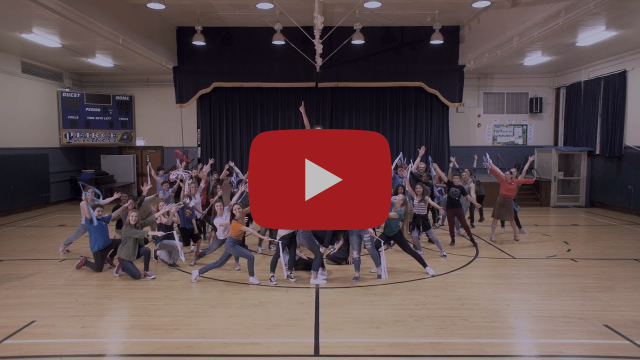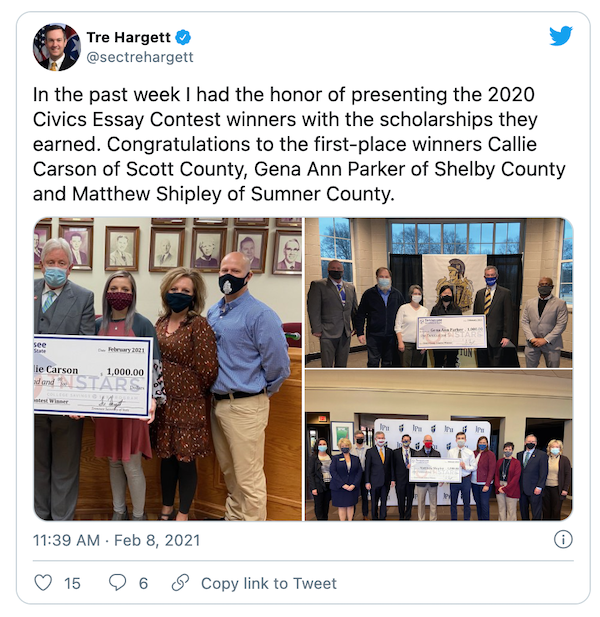27 Ideas for Encouraging Youth Participation in Elections
This round-up was featured in our ELECTricity newsletter in February 2021. (Note: This is a round-up of what election offices across the country are doing; CTCL does not have official policy recommendations). Sign up to receive more success stories from election offices across the country.
As election officials, you probably would agree that it’s never too early to teach someone about voting. Engaging young people helps prepare the next generation to be civically engaged citizens. And when young people learn about election processes, they are more likely to trust the election system and have faith in their local election officials. With that in mind, we’ve rounded up success stories from election officials across the country. We’ve put together 27 ideas for encouraging young people–whether they are 8 or 18–to learn about elections and get involved. Feel free to copy the ideas that would work well for your jurisdiction, and ignore the rest.
What youth engagement activities does your election office have? Let us know by filling out this brief survey. With your permission, we will publish your responses in this article so that other election officials can learn more about your work!
Categories:
- Engaging Future Voters
- Social Media and Online Outreach
- Poll Worker Recruitment
- Voter Registration Strategies
- Increasing Youth Turnout
Engaging Future Voters
1. Creating special activities for young children. Many young children first learn about elections by entering the voting booth with their parents. But in Thurston County, Washington, election officials have gone a step further to engage children by creating a special activity just for them. At registration drives, they set up a five-foot cardboard cutout of Billy the Ballot Box, a cartoon character who teaches children about civic participation. Election officials tell children that Billy “grows big and strong as voters put their ballots in him.” They also pass out coloring pages and crayons for the kids to enjoy. Other election offices offer digital resources. For example, Bernalillo County, New Mexico has a whole “Civics Education” section on their website, along with links to resources for parents and educators. Davis County, Utah has an “Elections Just for Kids” section with word searches, fun facts, and other activities for future voters.
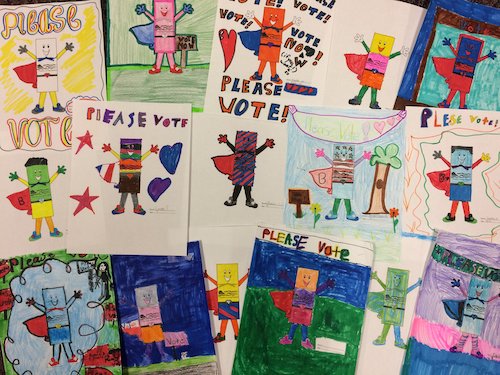
2. Hosting mock elections. What better way to teach children about voting than by letting them participate in their own mock election? Election officials across the country have implemented mock elections for kids, each with their own unique twist. In Madison, Wisconsin, election officials help children use voting machines to cast ballots for their favorite pizza toppings or superheroes. In Weber County, Utah, the County Clerk uses familiar stories like “The Three Little Pigs” to teach children about candidates, researching issues, and voting. After reading a story to the children, the County Clerk invites the children to vote on a particular issue. For instance, the children could cast a ballot to determine whether the pig or the wolf in the story would be a better leader. In Tennessee, Kentucky, and Iowa, the Secretaries of State have taken a different approach. They developed mock election programs for school students, where children can vote for their preferred presidential candidate. The states offer teachers lesson plans on civic engagement to prepare for the mock election, and results are later posted online. In Tennessee, the Secretary of State’s Office also provides schools with posters and “I Voted” stickers to engage students on social media. Election officials in Waterford Township, Michigan similarly conduct mock elections, and teach students who will soon turn 18 how to fill out a ballot.
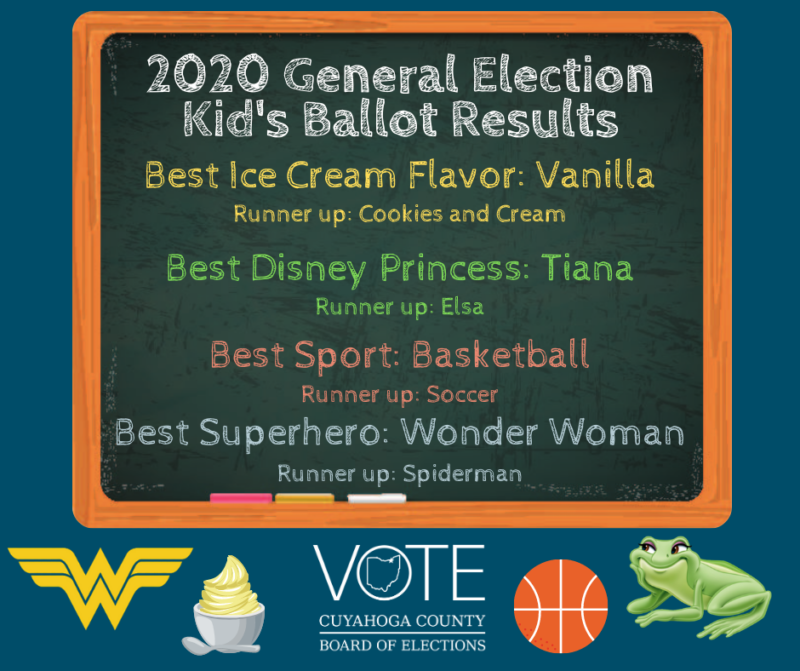
3. Holding sticker design contests. Speaking of “I Voted” stickers, holding a contest to determine who can design the most creative sticker is another great way to engage young people. Plus, they allow young adults to reflect on the importance of voting. In jurisdictions like Adams County, Colorado, Macomb County, Michigan, Ulster County, New York, and Cape Girardeau County, Missouri, high school and college students can submit hand-drawn and digital submissions for the chance to win cash prizes or a pizza or ice cream party for their class. The City of Fairfax, Virginia Office of Elections hosts a “Future Voter” sticker contest for K-12 students. And the winning sticker design is distributed to minors who accompany their parents to vote on Election Day. Election officials in Knox County, Illinois also hand out “I Voted” stickers to children at the polls; one election official told us, “The smiles you get from the kids is priceless.”
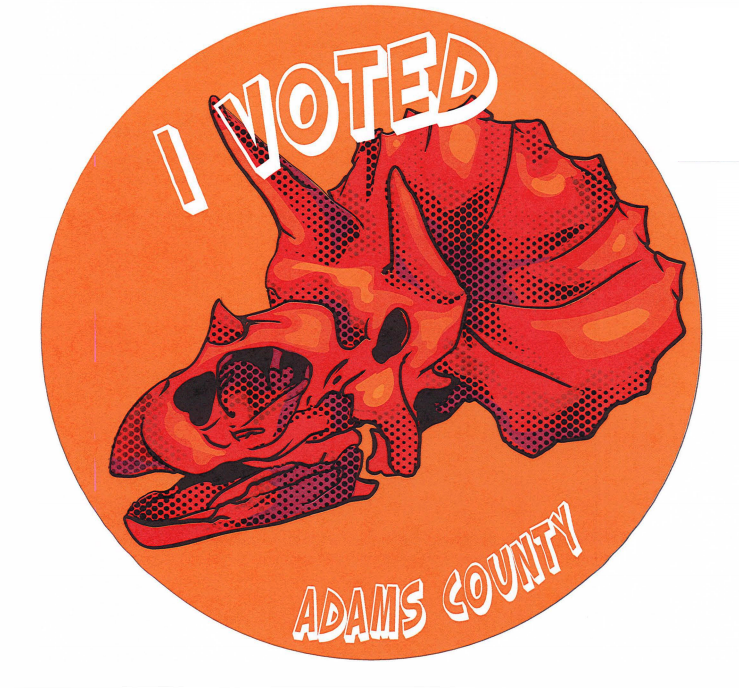
4. Hosting student art contests. Yet another way to combine civic engagement with creativity is by hosting art contests for students. Douglas County, Colorado creates different contest categories for students from grades K-12, including “Citizenship in My Community” and “My Vote, My Voice.” Sully County, South Dakota also hosts coloring contests for children. In Brevard County, Florida, the Supervisor of Elections’ Office invites 4th and 5th grade students to submit a poster highlighting the importance of voting. The winning artwork is framed and displayed in the elections office for one year, and the office partners with Chick-Fil-A to provide prize packages to winning students.
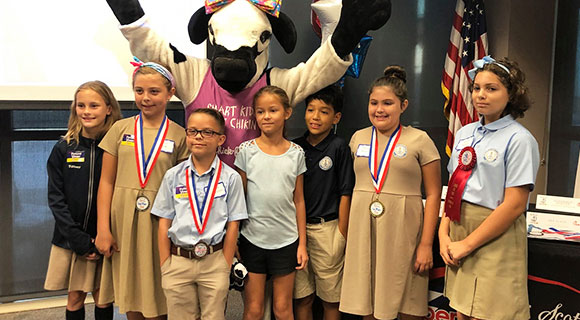
5. Creating future voter guides. In order to familiarize children with the registration and voting process, Leon County, Florida put together a future voter guide which features crossword puzzles and other games to teach youth about voting. Children can complete the guide with the help of a parent at home, or as part of a civics lesson in school. For young adults who are old enough to vote, Mendocino County, California put together voter information packets and distributed them in high school civics classrooms. Similarly, Idaho’s Citizen’s Guide to Participation is an excellent resource for youth and other first-time voters. The guide is available in English and Spanish, and covers everything a new voter would need to know about voting. The comprehensive introduction includes information about registration, early and absentee voting, how to fill out a ballot, election dates and more.
6. Assembling a committee dedicated to voter education. Educating young people about voting takes time and resources. Setting up a subcommittee of staff members or volunteers to focus on youth education is a fantastic way to prioritize youth engagement while allowing other election officials to focus on other important tasks. The U.S. Virgin Islands Board of Elections recently established a subcommittee to educate students about their voting rights and options. The group will focus on registering students, familiarizing them with voting machines, and encouraging them to get out and vote.
Social Media and Online Outreach
7. Meeting with students virtually. Since 2018, the Yolo County, California Elections Office has partnered with other local activist groups to host the Youth Empowerment Summit (YES). At this annual event, high school students are invited to discuss political issues directly with elected officials. Plus, they can register and pre-register to vote if they are eligible. Due to COVID-19, the 2020 event was made virtual. It featured a youth activist panel and a roundtable discussion on social justice and human rights. To incentivize youth to participate, students had the opportunity to win cash prizes. Similarly, in Iowa, election officials participated in a virtual voter engagement summit to inform young and first-time voters about how to vote safely during the pandemic. And in Massachusetts, election officials joined the Cambridge mayor and a Harvard fellow to present a pre-election virtual panel titled “Voting, Participation, and Why it Matters.” The panelists spoke about the changes to elections due to the pandemic, youth activism, and civic engagement.
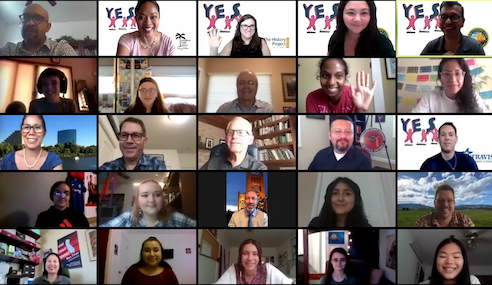
8. Going live. In another effort to adapt outreach efforts during COVID-19, election officials took advantage of live streams on social media to reach young voters with important information. During the 2020 primary election, the Nevada Secretary of State’s Office held a live Facebook Q&A session to answer voters’ questions about the new mail-in ballot process. In Dauphin County, Pennsylvania, election officials leveraged the social media site to demonstrate their new voting system and answer questions from the public. And the Cuyahoga County, Ohio Board of Elections held live updates on their Facebook page every Wednesday and Friday for two months leading up to Election Day. They kept the videos under 10 minutes long in an effort to hold their constituents’ attention. Cuyahoga County also created an Instagram account to engage younger voters on that platform.
9. Supporting the selfies. Young people love taking selfies on Election Day and posting them to social media. It’s the perfect way to let their peers know that they exercised their right to vote, while encouraging others to do the same. While many states do not allow voters to take photos of their ballots, election officials have gotten creative to support the enthusiasm for Election Day selfies. In Iowa and Illinois, two states that have laws that prohibit taking selfies while voting, local election officials set up designated selfie stations. The fun backdrops help voters resist the temptation of snapping a photo in the voting booth, while still offering an opportunity to take a selfie and post it to social media. At early voting sites in San Bernardino County, California, election officials similarly set up a station for voters to take a photo with their un-voted ballots.
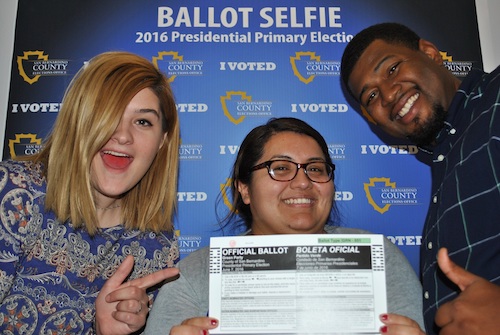
10. Creating a hashtag. Creating a unique hashtag can be a wonderful way to mobilize young voters to spread the word and vote. In Oakland County, Michigan, election officials partnered with local schools to create the #VoteLoudOC campaign. Through the digital campaign, students are encouraged to register to vote and sign up to be poll workers if they are eligible. Harris County, Texas and King County, Washington also use unique hashtags like #HarrisVotes and #KCVotes to engage their younger voters on social media.
11. Encouraging young people to lead outreach efforts. In 2015, the Rhode Island Secretary of State created a program designed to allow young people engage their peers in creative, new ways. Under the Rhode Island Civic Fellowship program, participating students design and implement a non-partisan plan to engage millennials through social media. Similarly, Georgia’s Secretary of State hosted a Secure the Vote TikTok voter education challenge. The campaign was designed to encourage youth to create videos on the social media platform, TikTok, that educate their peers about Georgia’s new secure paper ballot system.
12. Updating election websites with resources for young voters. Including information tailored toward young voters on your website is a great way to engage youth and ensure that they stay up to date on the candidates and local issues. Linn County, Iowa features a page dedicated to answering questions that college students typically have about voting, like “Do I register at school or home?” The Oregon Secretary of State’s website also has a page for student voters that addresses important questions such as “What if I study abroad?” For election officials looking to create a web portal specifically for young voters, Rhode Island’s RI Votes website is an excellent example. The interactive design directs young adults to relevant content based on their responses. For instance, those who are unsure about whether they will vote are directed to short video clips of their peers explaining why voting is important. If a user expresses that they don’t know enough about the candidates, they are offered reliable information sources so that they can make an informed decision. For those who are already committed to voting, they are directed to a website where they can register to vote online.
Poll Worker Recruitment
Note: For tips and tricks recruiting poll workers of all ages, check out our round-up of 50 Ideas for Recruiting and Retaining Election Workers.
13. Recruiting young students to help with elections. In most states, a person must be at least 16 years old to serve as a poll worker. But in jurisdictions like Montgomery County, Maryland, election officials have come up with creative ways for younger students to get involved. Through their Future Vote program, students in the 6th grade and up can set up polling places, provide administrative assistance, offer language support, or conduct voter education. The program increases future voters’ knowledge of the electoral process, and has seen impressive results. Over 38,500 students have participated in Future Vote since 2004. In Watertown, Minnesota, election officials also recruit younger students to assist in elections. One election administrator shared, “The great thing about this is that when the students turn 18, many of them want to become one of my election judges and it gets them very interested in the election process. Many of them are excited to have their friends come in to vote to see them working!”

14. Recruiting high school students to be poll workers. In many states, the average poll worker is over 65 years of age. But during the COVID-19 pandemic, many high school students stepped up so that older populations vulnerable to the virus could stay home and stay safe. Election offices across the country, like Wyandotte County, Kansas began amping up recruitment efforts of high school students in 2020. Other offices, like Minneapolis, Minnesota have been actively engaging high school students for years. Your election office might consider creating a communications strategy to ask colleges and high schools to recruit both teachers and students, like the Virginia Department of Elections did. Recruiting high schoolers has so many benefits. These younger poll workers tend to be more technologically savvy, and often serve as a great source of bilingual election workers. Plus, getting involved helps students understand the importance of civic participation so that they become lifelong voters. It is important to think about what kind of incentive is appropriate for your local high school students. For example, many election offices offer payment or work with schools to offer extra credit. Alaska offers students the honorable title of “Youth Vote Ambassador.” And the D.C. Board of Elections offers community service hours. Finally, using an online application makes the process as simple as possible for prospective poll workers.
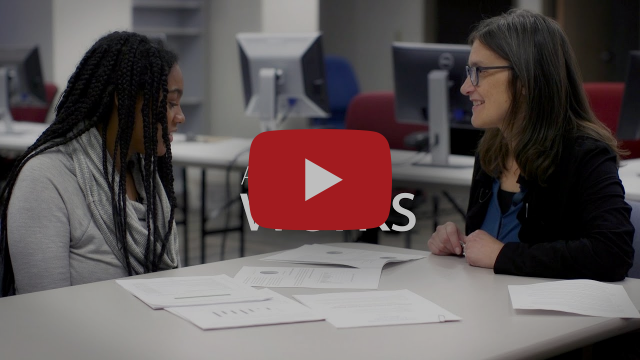
15. Encouraging students to adopt a precinct. Election offices with Adopt-a-Precinct programs hope to make serving as a poll worker even more exciting and fun for high school and college students. Instead of serving alone, students can sign up to be poll workers with their entire sports team, sorority or fraternity, or community group. Precincts benefit by receiving large numbers of enthusiastic and tech-savvy election workers. And students benefit by raising funds for their school programs or organizations. While some election offices, like Washoe County, Nevada launched their first adopt a polling place program in 2020, others have been running their programs for decades. Orange County, Florida started their Adopt-a-Precinct program back in 1998 and has distributed hundreds of thousands of dollars to participating organizations over the years.

16. Recruiting students with disabilities. In Boone County, Missouri, the County Clerk has worked with The University of Missouri to recruit and train college students with disabilities to serve as poll workers. Election officials partnered with the university to develop recruitment and training materials to meet the specific needs of the students. By including young people with disabilities, election officials were able to receive feedback from the new poll workers about how to make their polling places more welcoming to all voters.
17. Hiring younger poll managers. In an effort to get youth involved in elections in a lasting way, the Muscogee County, Georgia Elections and Registration Office has recently focused on hiring younger poll managers. These election officials, who are as young as 21 years old, have played a key role in recruiting poll workers and engaging new voters. Plus, hiring younger staff members ensures the ongoing success of an election office. Muscogee County Elections and Registrations Director Nancy Boren explained, “You hope to build a legacy…so that when you’re ready to step down and let the young people take over, there’s experience to do that.” Other jurisdictions, like the City of Falls Church, Virginia, has an internship program designed to engage youth representatives over time.
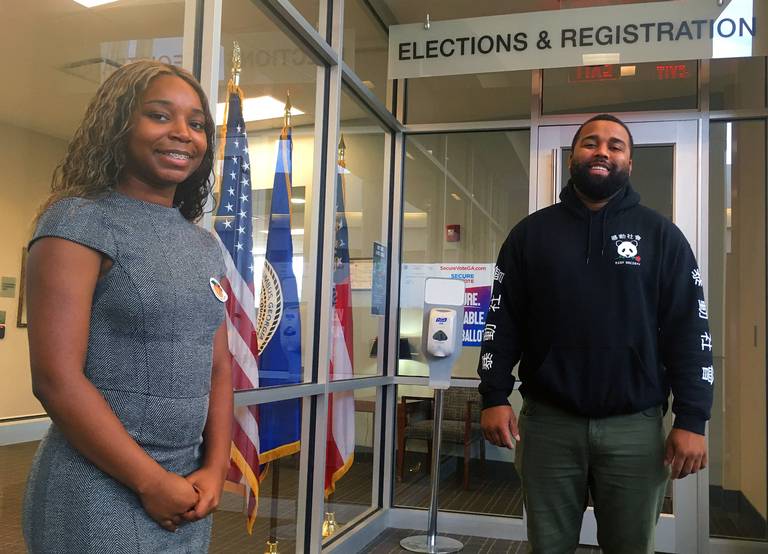
18. Hosting essay contests. Once students in Tennessee complete their duties as poll workers, they are invited to participate in an essay contest designed by the Secretary of State’s Office. The competition offers students the opportunity to reflect on the importance of their work and the work of election officials. To encourage participation, the first-place winners receive a $1,000 scholarship. Essay contests can easily be conducted at the local level as well, and can involve younger students. For instance, the Borough of South Plainfield, New Jersey, held an essay contest for grades 7-12 to celebrate the 100th Anniversary of the 19th Amendment. In addition, The Association of Indiana Counties invited 4th grade students to interview election administrators and write about how they fairly and efficiently administer elections. This gave students a unique opportunity to gain insight into election processes at a young age.
Voter Registration Strategies
19. Pre-registering high school students. While of course you must be 18 years old to vote, 23 states and DC allow people as young as 16 years old to pre-register. That way, once their 18th birthday comes around, they will be immediately registered. Chief election officials from states like California and Iowa regularly visit with high school students to encourage them to pre-register. In past years, the Ohio Secretary of State has sent voter registration packets to high school civics teachers for them to distribute to graduating seniors. The packets contained a letter, a voter registration form, and information about how to sign up as a poll worker.
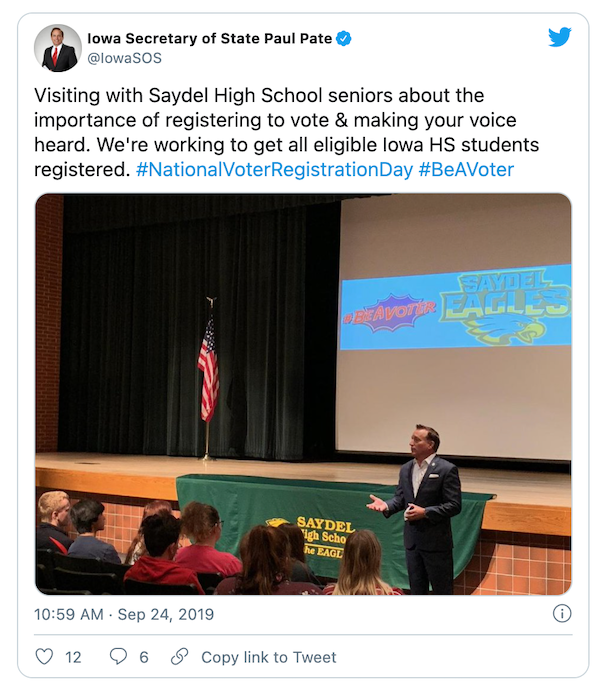 20. Taking part in a high school voter registration challenge. A friendly competition can be a fun and exciting way to encourage eligible high school students to register to vote. In Fairfax County, Virginia, election officials team up with the League of Women Voters and other local partners to challenge high school students to register. Each year, schools are recognized if they register at least 50% of their senior class. Similarly, in West Virginia, schools that register 100% of eligible students receive a special “Gold Level” award, while schools that register 85% receive a “Silver Level” award. On the other hand, in Lake County, Florida, only one school wins the challenge each year. Aside from a shiny new trophy and a plaque displayed in the Supervisor of Elections Office, the winning school wins bragging rights on social media, and is featured in the office’s email newsletter.
20. Taking part in a high school voter registration challenge. A friendly competition can be a fun and exciting way to encourage eligible high school students to register to vote. In Fairfax County, Virginia, election officials team up with the League of Women Voters and other local partners to challenge high school students to register. Each year, schools are recognized if they register at least 50% of their senior class. Similarly, in West Virginia, schools that register 100% of eligible students receive a special “Gold Level” award, while schools that register 85% receive a “Silver Level” award. On the other hand, in Lake County, Florida, only one school wins the challenge each year. Aside from a shiny new trophy and a plaque displayed in the Supervisor of Elections Office, the winning school wins bragging rights on social media, and is featured in the office’s email newsletter.
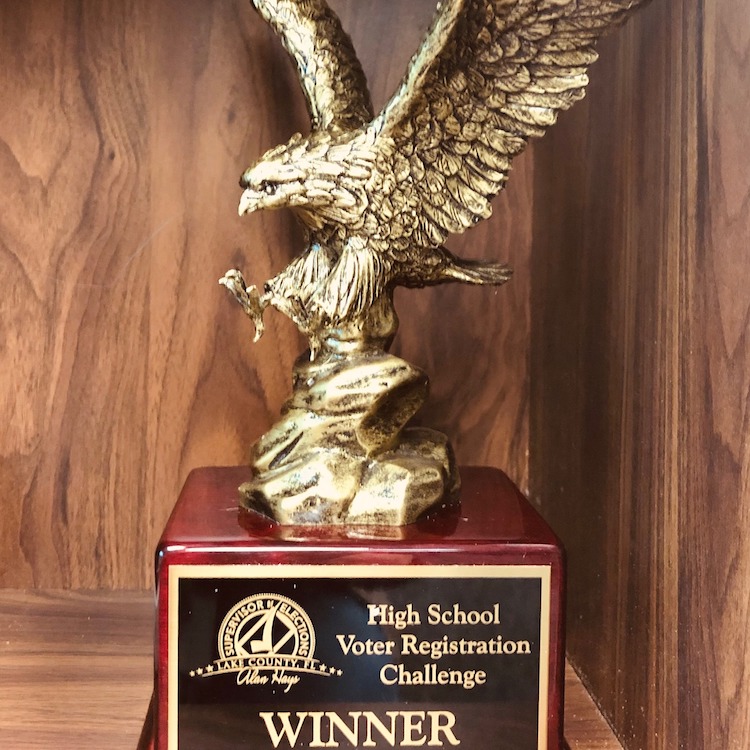
21. Registering young voters in creative ways. In jurisdictions throughout the country, election administrators have adapted their programs after COVID-19 made large voter registration drives unfeasible. One benefit is that these new initiatives typically make it as easy as possible for young people to register to vote. In Travis County, Texas, for example, new voters can register via a text-2-register app. After sending some basic information through text messages, residents receive a link to a completed online form, which they can print out at home and send back to the county office. Election officials say the new program will also make their jobs easier. The program won’t let someone submit an application unless all of the information is entered, so election officials will no longer receive incomplete applications.
22. Writing a letter to the editor. Publishing content in student-led media sources is an excellent way to reach young people directly. In Missouri, the Boone County and Greene County Clerks submitted a letter to the editor in a student newspaper encouraging young people to register to vote. In the message directed to college students, the County Clerks wrote, “As local election authorities, we both remember well our first votes cast in a presidential election and we know how important it is that every voter has the tools they need to make their voice heard.”
Increasing Youth Turnout
23. Expanding the electorate. In an effort to improve access to voting for historically underserved groups, election administrators in Seattle, Los Angeles, and Tucson teamed up with youth leaders to identify the challenges that prevent youth from casting a ballot. The collaboration worked to develop targeted solutions for low-income communities and Black and Brown communities. For example, The King County Elections Office expanded registration efforts to housing-insecure youth. And in Tucson, the election officials increased voter education efforts to young people who incorrectly believed that they were disenfranchised because of a criminal record or other issues. As a result of the program the Center for Information on Civic Learning and Engagement created a report with 10 recommendations for improving voter participation among low-income youth.
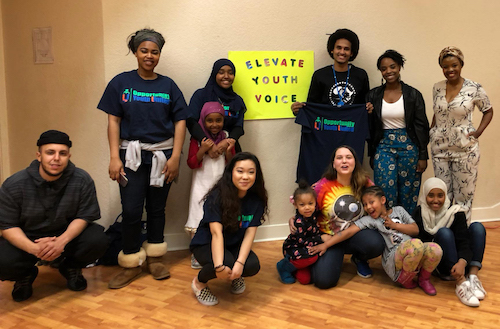
24. Opening vote centers on college campuses. If your state allows vote centers to be set up on college campuses, it can be an excellent way to engage young voters. The California Secretary of State has partnered with universities to set up vote centers on college campuses, making it easy and convenient for students to vote. Through the California Students Vote Project, all major colleges have commitments to partner with the Secretary of State’s office to encourage civic engagement efforts. And last year in Georgia, state and local election officials worked with the University of Georgia to set up a voting venue at the university’s basketball arena. The Stegeman Coliseum, which has a seating capacity of 10,500, was large enough to accommodate safe social distancing measures.
25. Setting up drop boxes on college campuses. During the 2020 presidential election, election officials made it easier for college students to cast their ballots by setting up drop boxes on campuses. These initiatives are particularly beneficial for first-year students without a car, or who don’t know the surrounding area well. In La Plata County, Colorado, the County Clerk and Recorder set up a 24-hour ballot box at Fort Lewis College so that students could vote at any time that was most convenient for them. Benton County, Oregon similarly offers drop boxes with 24-hour access at Oregon State University. Plus, voters receive a pamphlet that lists the locations of every drop box in the county.
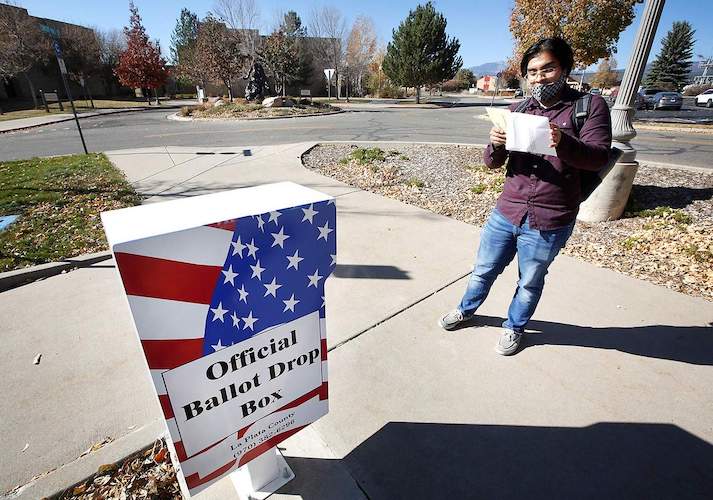
26. Partnering with university athletic departments. In an effort to increase voter participation among students and student athletes, Michigan State Athletics partnered with local election officials in Ingham County and the East Lansing City Clerk’s Office. Together, they conducted virtual town halls to provide information about voter registration and answer any questions or concerns from students. Election officials helped to set up satellite voting locations on campus, and collaborated to produce voter education materials, including PSAs and infographics.
27. Dancing it out. At Loyola University Chicago, dance and film professors created a ninety-second feel-good video encouraging young people to vote. The video is featured on the university’s voter education web page for students to enjoy. The Chicago Board of Election Commissioners supported the non-partisan project by providing voting booths as props. The video, which features over 50 dancers of all ages, is the perfect reminder that civic participation should feel good.